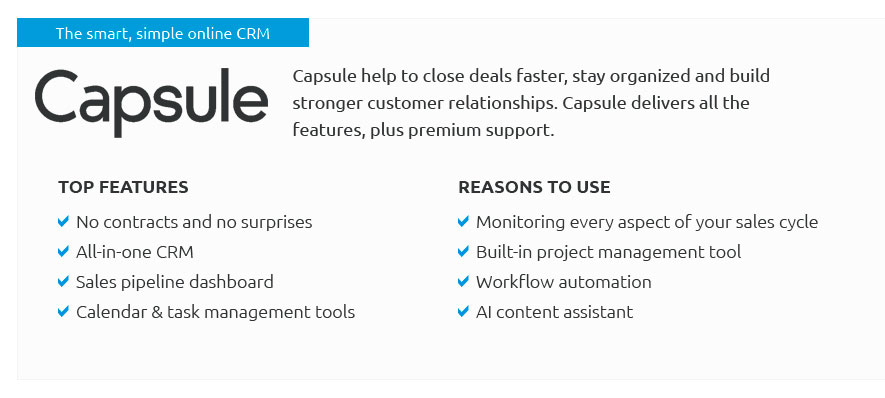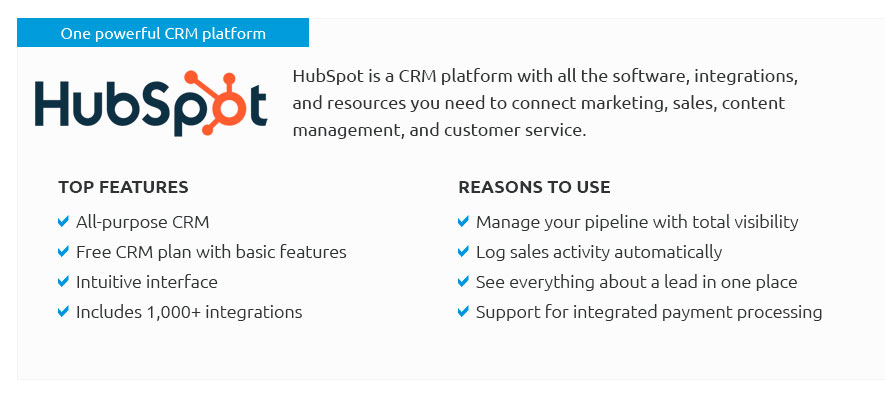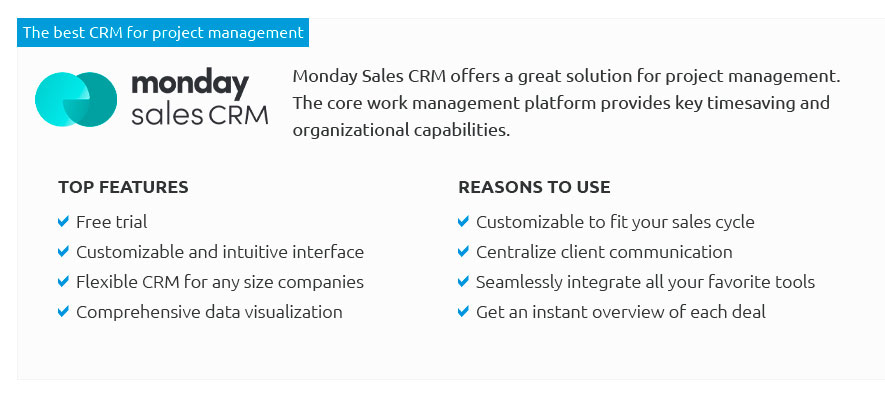 |
 |
 |
 |
 |
|
 |
|
 |
|
 |
|
 |
|
 |
|
 |
 |
The Evolution of Task Management Tools: A Modern NecessityIn an age where efficiency is the backbone of productivity, task management tools have emerged as indispensable assets for individuals and organizations alike, serving as digital companions in the quest for enhanced organization and streamlined operations. These tools, ranging from simple to-do lists to comprehensive project management platforms, cater to a diverse spectrum of needs, helping users navigate the complexities of modern life with ease. Historically, the evolution of task management can be traced back to the humble pen-and-paper method, where lists and calendars were the primary tools for keeping track of daily responsibilities. However, as the demands of the digital era grew, so did the need for more sophisticated solutions. Enter the task management software-an innovative leap that transformed how we approach productivity. With the advent of software like Trello, Asana, and Monday.com, individuals and teams gained the ability to not only list tasks but also prioritize, delegate, and track progress in real time. The Power of Visualization is one of the key advantages offered by these tools. Platforms like Trello utilize a card-based system that mimics the tactile nature of sticky notes, allowing users to move tasks across columns that represent different stages of completion. This visual representation not only enhances clarity but also provides a sense of accomplishment as tasks progress from 'To Do' to 'Done'. Similarly, Gantt charts in tools like Asana provide a timeline view that is invaluable for project planning, allowing teams to visualize dependencies and deadlines. Moreover, task management tools have embraced collaboration as a core feature, recognizing that teamwork often lies at the heart of productivity. By enabling seamless communication and file sharing, these tools break down geographical barriers and foster a sense of unity among remote teams. Platforms such as Slack and Microsoft Teams integrate task management functionalities, ensuring that conversations and project updates coexist within a single ecosystem. Despite their numerous advantages, task management tools are not without their challenges. The abundance of options can be overwhelming, making it crucial for users to select a tool that aligns with their specific needs. Additionally, there is a learning curve associated with adopting new software, which can be a barrier for those resistant to change. However, the benefits often far outweigh the initial hurdles, as these tools are designed to adapt and grow with their users. Real-World Examples highlight the transformative impact of task management tools. Consider a startup tech company that implemented Jira to manage its software development projects. By utilizing Jira's robust tracking and reporting features, the team was able to reduce project timelines and improve communication among developers and stakeholders. In another instance, a marketing agency adopted ClickUp to manage campaigns, resulting in enhanced team coordination and a more organized workflow. Ultimately, the key to maximizing the potential of task management tools lies in understanding one's workflow and selecting a platform that complements it. Whether you are a solopreneur juggling multiple roles or a part of a large organization, the right tool can serve as a catalyst for efficiency, enabling you to focus on what truly matters-achieving your goals.
https://www.accenture.com/us-en/insights/us-federal-government/tmt-agency-wide-collaboration-simplified
Accenture Federal Services' Task Management Tool (TMT) is proven over a decade to help federal agencies improve staff efficiency and reduce ... https://sts.doit.wisc.edu/resources/productivity-and-task-management/
There are plenty of different tools to help you plan projects, track your tasks and assignments, and keep ahead of your deadlines. https://www.softwareone.com/en/blog/articles/2017/10/02/microsoft-task-management-tools
This article will save you some trouble and help you find the right task management tool. We hope you will find it helpful.
|